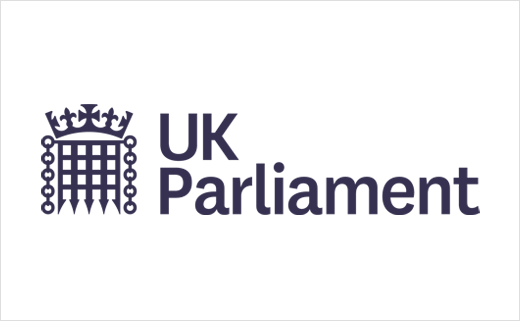The UK Parliament has published their observations on the Building Safety Bill and identified further issues and actions required.


Building Safety Bill aims welcome but more detail needed
The Government must improve on the detail if it is to demonstrate that its new building safety proposals will drive much needed reform in the sector.
The findings come in a report published today by the Housing, Communities and Local Government Committee following pre-legislative scrutiny of the draft Building Safety Bill.
- Read the full report: Pre-legislative scrutiny of the Building Safety Bill
- Read the report summary
- Read the conclusions and recommendations
- Interactive summary of the report
What is the Building Safety Bill?
The proposed legislation sets out the framework the Government intends to adopt to implement a new building safety regime and to remedy the flaws in the existing system identified in the Hackitt review.
Protecting leaseholders
The report finds that, in its current form, the draft legislation fails to provide sufficient protection against leaseholders paying the bill for work to remedy existing fire safety defects.
The building safety charge should be a way of funding the cost of future work, not a mechanism for ensuring residents foot the bill for historic failures in fire safety construction or maintenance.
The Committee reiterates its long-standing call on the Government to provide sufficient funding for remedial work and develop mechanisms to recover these costs from those responsible.
Committee calls for more detail
Following pre-legislative scrutiny of the draft Building Safety Bill, the Committee found an over-emphasis on as yet unpublished secondary legislation and regulation left significant gaps in how the new regime would operate in practice.
It called on the Government to provide much more detail when it publishes the final Building Safety Bill and remove any doubt on the scope of the legislation and the responsibilities on building operators.
The report recommends greater oversight of key professions in the construction and building management sectors, including new roles created by the Bill. The exact responsibilities and competencies of the newly established accountable person and building safety manager positions are not well-defined and should be clarified.
The Bill should also require building safety managers, as well as other professions involved in the design and construction of high risk buildings, be subject to national accreditation and registration standards.
Chair’s Comments
Publishing the report, Chair of the Housing, Communities and Local Government Committee, Clive Betts MP commented:
“Establishing a new regime to ensure that buildings are made safe will require significant change to how buildings are constructed and maintained. It is crucial that from day one those tasking with their design, construction and upkeep have no doubt of the new standards they are to adhere to and responsibilities expected of them.
“As it stands, there are still questions over how the broad framework set out in the draft Bill will operate in practice. Key definitions remain unclear and responsibilities ill-defined. Before they bring the legislation back to the House of Commons these areas must be addressed in full.
“The Government must also bring an end to the ongoing uncertainty around who will pay the cost for the historic failures in the building safety regime. Leaseholders should not be expected to foot the bill for failures that were not of their making.
“This has dragged on far too long now and the Government must accept that it will have to step in to cover the cost in the short term. But we are equally clear in stating that this should be the first step ahead of establishing robust mechanisms to ensure that those who are responsible for fire safety failures finance their remediation.”
